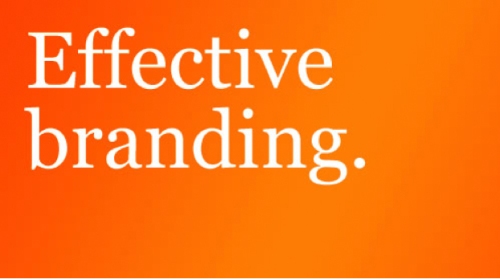An effective, enduring brand is one that knows and conveys its identity very well. Fall prey to distraction and ill judgment and run the risk of losing to the competition. Always, the marketing tenet that reins brands to their identities is having a clear understanding of what the brand stands for. The following roadblocks to creating and sustaining a successful line of products or services impart vital lessons in the ways of branding:

Image Source: makkaoblog.com
1. Extending the brand line without planning and discretion. From being a purveyor of animated clips and full-length movies, Disney became an entertainment empire thanks to line extension. The secret behind its success is focus—every product or venture, from cruise ships to Hannah Montana shirts, is aligned with its intent to provide wholesome entertainment. Harley Davidson got lost along the way, according to the book Brand Failures: The Truth about the 100 Biggest Mistakes of All Time. Instead of moving the legendary motorcycle forward, the line extensions, which had been as weird and off-putting as shampoo and infantwear, obviously just milked the name for all its worth and failed to live up to the brand’s rugged image. Needless to say, many of its loyal customers were alienated.

Image Source: johnspencerellis.com
2. Being way too silent. “As a brand, you are what you say or do,” says Entrepreneur contributor Neil Patel. There is no messaging worse than not saying anything at all about the product or service. Hence, the wheels of marketing should always be set in motion, rolling out ads, blogs, social media content, and email alerts, among others. Bear the aphorism in mind: “Out of sight, out of mind.” A prolonged absence in the spheres of both traditional and new media translates to diminished consumer consciousness, increased brand disengagement, and flatlining sales.

Image Source: glendemands.com
3. Making costly mistakes in social media. Always, social media content should be fresh, sincere, and tastefully crafted. Brands like DiGIorno and Bank of America had to learn this lesson the hard way. The former associated its brand with the hashtag #WhyIStayed—used last year to spark conversation on domestic violence—by cracking an insensitive joke that invited a cascade of social media fury. Likewise, the latter suffered a virtual beating after dissatisfied clients underscored its ineffectual practice of handling social media queries with automated messages instead of sincere, real-time solutions. Social media gaffes spread like wildfire; a brand can get away with such oversight by issuing an apology, but it is better to have a game plan for preventing them in the first place.
Avoid costly branding and marketing missteps through strategies offered by
Spiro Baltas and his team at Gotham
Brand. Visit this site to learn more about the firm’s expertise.











